Small indoor flowers - popular types and varieties, their advantages
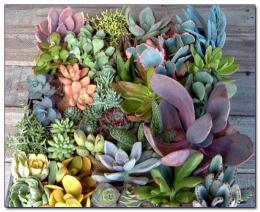
Houseplants are rightfully considered not only to decorate human homes, but also provide owners with positive emotions and perfectly purify and humidify the air. And most of them can be used for medicinal or preventive purposes, and can also be eaten either as seasonings or as additives containing the maximum of useful elements.
Content:
- Benefits of miniature plants
- Small plants in pots
- Unpretentious indoor trees
- Small indoor cacti and succulents
Benefits of miniature plants
Keen collectors and gardeners quite often collect a huge number of flora in their homes. The only thing that can serve as a limitation to the constant increase in personal collections is the size of the home.
Unfortunately, not everyone can boast of even medium-sized apartments. Basically, the square footage is small. It is not very reasonable or convenient to acquire large flowers in such living conditions.
But, on the other hand, this is not a reason to deprive yourself and your loved ones of positive emotions from home gardening. Agree: the diversity and richness of forms created by nature truly has no boundaries.
It makes sense to pay attention to miniature houseplants. They are practically no different from large indoor plants except for their size.But, at the same time, the space for placing them will be needed several times less.
There are quite a few miniature species and most of them are designed for growing in apartment conditions. Some of the species of such flowers are the work of nature itself, the rest are the result of good work carried out by a large number of experienced breeders.
In any case, among the many different varieties and species, absolutely everyone will be able to choose a flower to their taste: beautifully and brightly blooming, pleasing with its decorative effect and abundant developed foliage system, succulent, and so on.
Small plants in pots
Small plants with beautiful flowers are mostly successful results of artificial crossing. Although, this fact does not deprive them of aesthetic value at all.
Violets
Like, for example, miniature violets, or in an arc - dwarf Saintpaulia. The size of an ordinary violet is not impressive in its dimensions, but a miniature copy of Saintpaulia is a phenomenon that causes surprise and admiration.
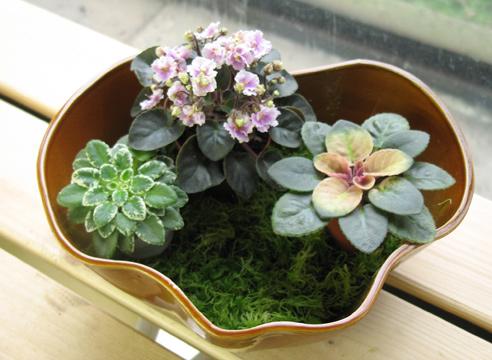
On the shelves of specialized stores you can find several varieties of mini-violets: midi - their rosette diameter is about 20 cm, micro - with a rosette diameter of approximately 6 cm, mini - which barely reaches 15 cm in diameter.
Despite the small size of the bush, the flowers of such varieties are interesting because of their rather large dimensions and have a wide variety of colors.
Flower shapes are also rich in variety: star-shaped, terry to the touch, ordinary, bell-shaped, and so on. Regarding care, keeping miniature plants at home is practically no different from other varieties of violets.
But, you will need much less space to place them.When you want to get new varieties of plants at home, but your apartment conditions do not allow you to do this in full, there is a reason to study the offer of the market for small indoor flowers.
Kalanchoe
Miniature Kalanchoe, despite their attractiveness, can be found on sale quite rarely. If an ordinary Kalanchoe has a height of about 25 cm, then for dwarf representatives of this species it is standard height - within 15 cm. Dwarf varieties, with beautiful multi-colored flowers (from red to cream) are nothing more than the result of the painstaking work of breeders in crossing varieties.
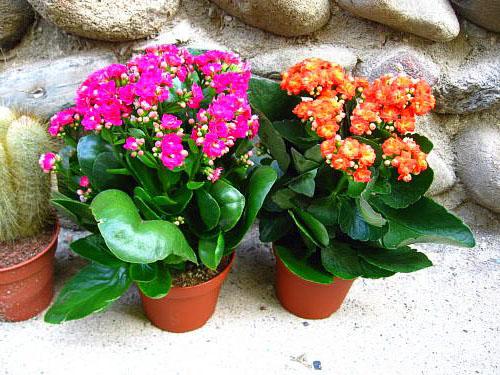
Just like other varieties of Kalanchoe, their mini versions are quite flexible and do not require special attention and care. Timely and high-quality watering, proper fertilizer, professional pruning and timely replanting will be sufficient for them.
Roses
Dwarf roses are small indoor plants, available for sale in almost all flower shops, and are also in special demand and interest among buyers.
And this is very justified: their floral delicacy captivates the eye, and the miniature size of the plant itself as a whole makes it possible to grow it even in rooms with a very small area. But, before you start a miniature in the apartmentrose, It's worth thinking about everything carefully. It is one of the most capricious and whimsical plants.

House flowers, amazing with the beauty of their patterned leaves, are no less charming than their collection with beautiful and colorful inflorescences. Bright and lush greenery will be a chic addition to any interior style.
Gelksina
The dimensions of the apartment in this case are not particularly important.In flower shops, the selection of miniature foliage plants is quite large. For example, helxin or soleirolia interesting for its very miniature leaves, the length of which is about 7 mm and shoots resembling thin threads. This variety with such “model sizes” is an ideal creation of nature itself.
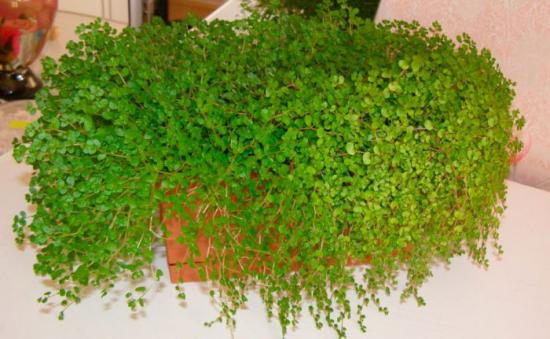
Throughout Italy and in the southern part of Spain, you can observe huge glades of helxines. They can grow both in wooded areas and on mountain slopes. In the northern parts of the regions, residents grow this amazing plant at home, using ordinary flower pots for planting.
In them, helxina forms surprisingly spectacular spherical bushes of silver or golden color. Maintaining this type of plant at home does not require any special physical, time or financial costs. They are quite flexible and unpretentious. The only condition they need to provide is freshness and cleanliness of air.
Flower growers who do not have much experience quite often confuse Nertera with Helxina.
Nertera
Externally, they do have some similarities: the shape and color of the foliage, thin shoots. Their main difference lies in the fruits, which appear in the summer and have a bright scarlet color.
The berries are valuable for their unusual decorative appearance and are the main decoration of the nertera bush. Growing nertera does not require special gardening skills or a lot of time.
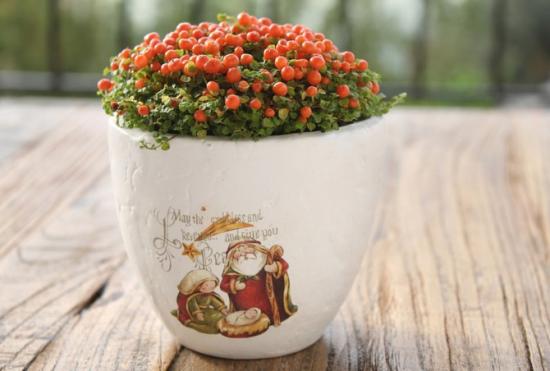
It will be enough for her to organize a certain period of rest and carry out correct and timely pruning. The plant is ideal for growing in small spaces.
Fittonia
It has several varieties that differ from each other in their wonderful patterns on the leaves. The patterns can be indicated by either gray or pink veins or spots of various shapes, sizes and colors from gray-violet to bright green.
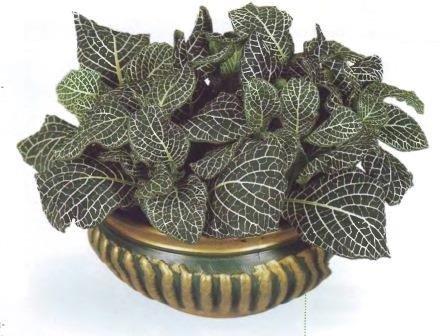
The shape of the foliage can also be different: wavy, pointed, rounded, elongated, and so on. The splendor of these varieties is nothing more than the result of the work done by the breeders.
Fittonia stems spread along the ground, but do not grow too much. Fittonia is rightfully considered an excellent choice for those who want to grow flowers at home. It is very original and interesting, but it is compact and does not require much space.
Unpretentious indoor trees
Pumila
Or as it is popularly called, dwarf ficus - perhaps the most striking representative of miniature indoor trees. Comparing it with standard representatives of the family, it is worth noting that the height of the pumila in rare cases is higher than 20 cm.
Ficus
It is rightfully recognized as an ideal creation of nature. Growth under normal conditions occurs as follows: small tenacious shoots rush up the trunks of nearby trees.
Thus, ficus slowly but surely moving higher and higher, subjugating more and more territory. The name of this plant in translation means “invader,” which completely coincides with its method of life, that is, it is a parasite for its larger fellows growing nearby.
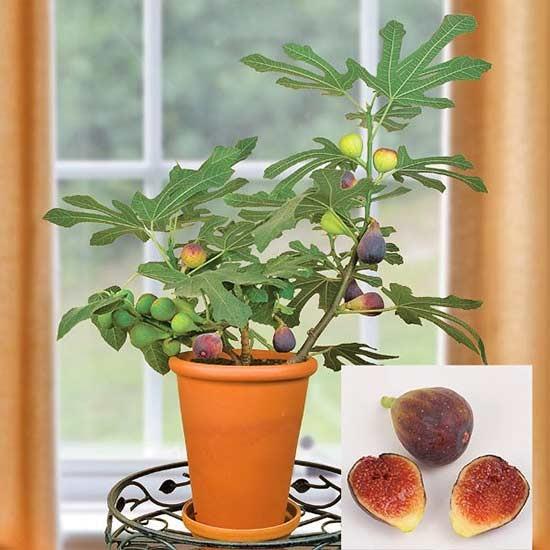
Dwarf varieties of ficus, developing in apartment conditions, do not behave as brazenly as ordinary ones. Therefore, they enjoy great recognition and popularity among experienced gardeners.
Episcia
Mainly grown for its beautiful foliage, decorated with various patterns and covered with light down. But, besides this, the plant is interesting for its unusual flowers.
Their shape is similar to that of bells and comes in a variety of colors: red, pink, white or yellow.
The color of the foliage is more luxurious and varied: options are possible from pink to rich crimson, from white to deep green, from red to deep chocolate. Quite often, the leaf blade is trimmed in the form of veins of a contrasting color in relation to the main tone of the leaf.
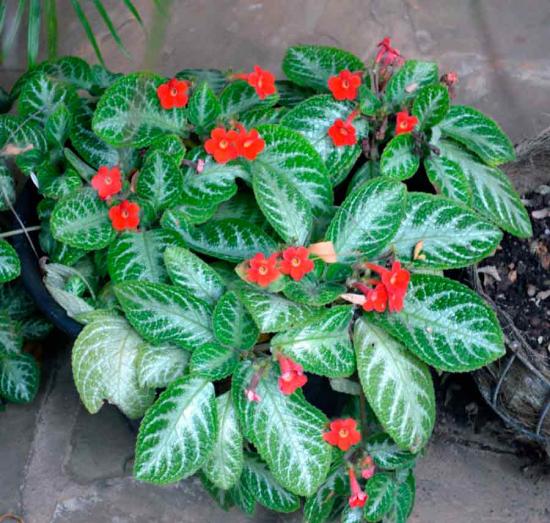
In height, adult plant reaches a maximum of 20 cm. Growing at home, in principle, is not particularly difficult, but there are special care details that must be followed: maintaining constant relatively high air humidity, moderate but timely watering, regular and correct pruning of the bush.
In addition, the root system is fibrous and prone to overgrowth. This means that the container for it must be suitable, that is, wide. But lovers of miniature forms confidently claim that the energy spent is compensated by the attractive appearance of the grown miniature plant.
Mühlenbeckia
Quite rarely grown indoors. It can only be partially attributed to mini-varieties. Its foliage is round in shape and not large in size. Each leaf is approximately 2 cm in length.
With shoots the situation is different: they amaze with their height. The stems are quite flexible and can be molded into different shapes. Wrap them around, for example, a support, or leave them in the form of chaotically hanging vines, or trim them and thereby achieve the desired shape.
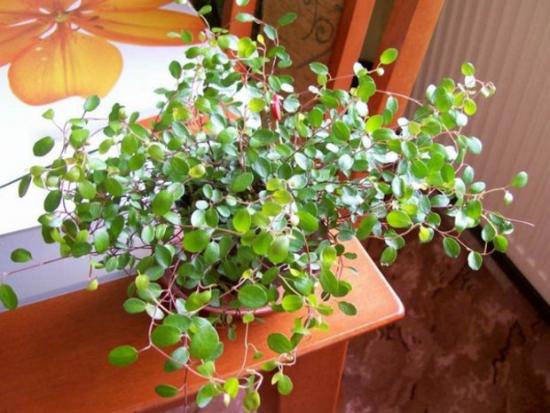
Mühlenbeckia is full of grace; this small houseplant visually resembles green lace fabric.
Small indoor cacti and succulents
There are a large number of succulents growing in natural conditions. These species grow, for the most part, in very arid regions and deserts and have an amazing ability to not waste water resources.
Some types of plants store liquid reserves inside their leaves, cacti - in their voluminous trunks, and some need so little moisture that they do not produce any reserves at all. Today, a sufficient number of species of these plants are successfully grown by amateurs in apartment conditions.
Living stones or as they are also called lithops
They are rightfully considered to be very amazing plants. That part of them, which is located above the surface of the earth, consists of very thick and rather fleshy leaves, each of which is divided in half lengthwise.
At a certain time, a gorgeous flower appears from the central part. The color palette of a flower, depending on the variety, can be very diverse.
Lithops are quite exotic and original, so few other varieties can compete with them. Like many other representatives of desert flora, Lithops are unpretentious.

They do not need to be fed frequently or watered abundantly. They will survive even in the open scorching sun and soil poor in beneficial microelements. The dimensions of living stones are truly miniature: their height, as well as their diameter, is no more than 5 cm.
When creating potted compositions, lithops are indispensable. Against the background of shell rock, decorative crushed stone and other succulents, they will look unusually beautiful.
Gibbeum
Visually very similar to lithops. There is nothing unusual in this, since both plants belong to the Aizaceae family. The fleshy and thick leaves of gibbeum are also divided into two halves; such plants form dense growth on the surface of the soil.
The floral mass of this exotic flower resembles chrysanthemum blossoms and can be painted in different colors. Caring for the flower is quite simple: minimal but timely watering, a sufficient amount of sunlight.
It is worth noting that gibbeum does not need feeding. The only thing he needs to organize is a deep enough pot. Its root system grows not in width, but in length. This structure helps in natural conditions to produce sufficient supplies of water.
Conophytum
It is very closely related to living stones. Refers to plants with small dimensions. The leaves are spherical or heart-shaped. Their length is about 1 cm. The flowers are not large, their color shades are rich and varied.
The annual increase in height is almost invisible to the naked eye. Basically, growth occurs in width. Under natural conditions, the flower can only be observed in the southern part of the African state. And as an indoor crop, it is very popular in absolutely all countries and regions.
Faucaria
Belongs to representatives of the Aizaceae family. Its leaves are fleshy and have pointed tips with hairy spines. Despite their rather frightening appearance, the thorns serve only to repel insect pests and herbivorous fauna, without causing any particular harm to the latter’s health.
The foliage is collected in a rosette and fits tightly to the root system. Its height is about 15 cm.In the center of the rosette, from time to time, you can observe the blooming of a flower, the color of which can be either white or yellowish.
Caring for the flower is the same as for other desert flora: infrequent watering, dry and fairly warm air, no feeding.
Useful tips for caring for miniviolets - on video:


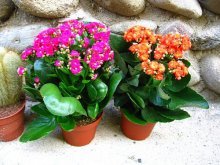
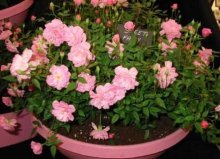
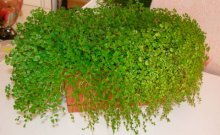
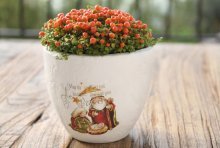
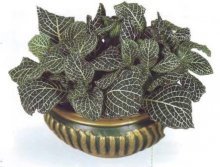
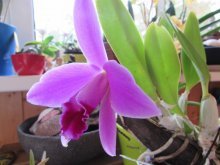
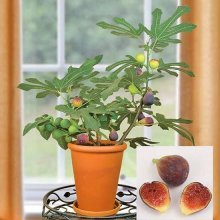
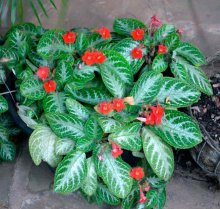
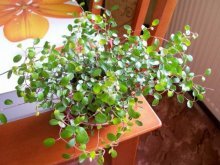


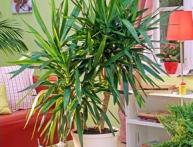
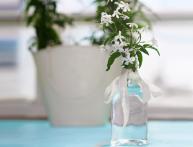
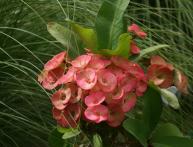


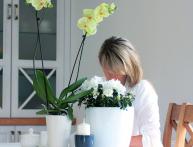
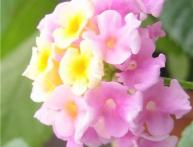
Comments
I had no idea that there was such a variety of miniature plants for home growing. Unfortunately, my only experience with growing mini violets ended badly - the leaves simply disappeared. According to the description, lithops were struck. Maybe I’ll try to grow them. It would be interesting to listen and read the opinions of those who grow them.
Among the “small” indoor flowers, cacti are cultivated on the windowsill in our home. Moreover, there are several types of them and they are all small. A very successful combination of varieties and the fact that the cacti are completely different. And that's great!
We have Episcia growing on our windowsill; I wouldn’t say that they are whimsical, but the humidity in the room should be constantly elevated. I tried and grew it in a variety of colors, it looks very beautiful, all the guests admire it.
I really love indoor flowers, both small and large. But due to lack of space, I am content with medium-sized flowers and small ones. I can say that all flowers require care and it takes a lot of time, so you should think carefully before growing plants at home.